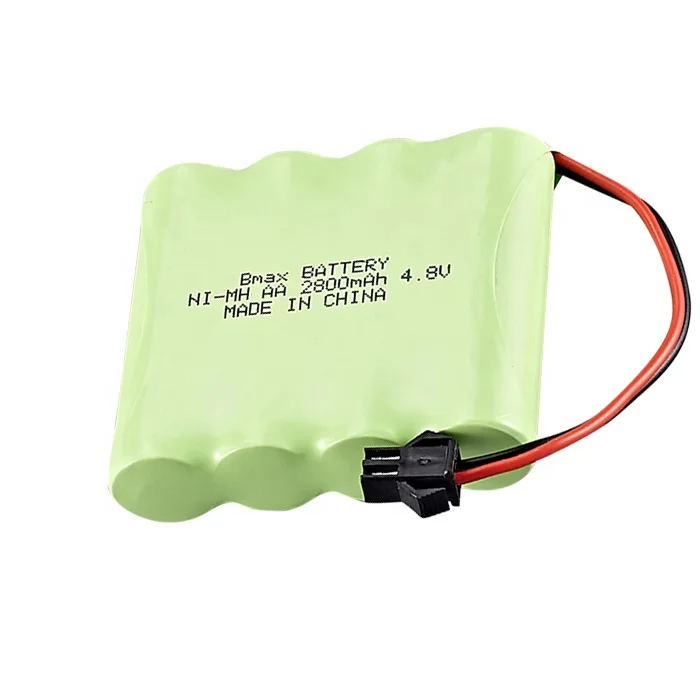Introduction
In an era where sustainability and efficiency are paramount, the quest for advanced energy storage solutions has intensified. Among the array of options available, Nickel Metal Hydride (NiMH) batteries stand out as a proven technology with significant potential. In this blog, we’ll delve into the intricacies of NiMH battery technology, exploring its workings, advantages, applications, and the role it plays in shaping the future of energy storage.
Understanding NiMH Battery Technology
At the heart of NiMH battery technology lies a chemistry that allows for efficient energy storage and release. Unlike traditional disposable batteries, NiMH batteries are rechargeable, offering a sustainable and eco-friendly alternative for various applications.
The Chemistry Behind NiMH Batteries
NiMH batteries comprise positive electrodes made of nickel oxyhydroxide (NiOOH), negative electrodes made of a hydrogen-absorbing alloy, and an alkaline electrolyte. During charging, the positive electrode undergoes oxidation, releasing oxygen ions. Simultaneously, hydrogen ions are absorbed by the negative electrode. During discharging, this process is reversed, generating electrical energy.
NiMH batteries boast several advantages that make them a preferred choice for energy storage:
- High Energy Density: NiMH batteries offer a high energy density, enabling them to store more energy per unit volume or weight compared to other rechargeable batteries.
- Long Cycle Life: NiMH batteries can withstand hundreds to thousands of charge-discharge cycles without significant degradation, providing long-term reliability and cost-effectiveness.
- Fast Charging: NiMH batteries can be charged relatively quickly compared to other battery chemistries, making them suitable for applications that require rapid replenishment of energy.
- Environmentally Friendly: NiMH batteries are less harmful to the environment compared to some other battery types, as they do not contain toxic heavy metals like cadmium.
Applications of NiMH Batteries
NiMH batteries find applications across various industries and sectors, including:
- Consumer Electronics: NiMH batteries power a wide range of consumer electronics such as smartphones, laptops, cameras, and portable audio devices, offering reliable and long-lasting energy storage.
- Electric Vehicles (EVs): NiMH batteries are used in hybrid and electric vehicles to store and deliver energy for propulsion, providing a cleaner and more sustainable alternative to traditional combustion engines.
- Renewable Energy Storage: NiMH batteries are utilized in renewable energy systems such as solar and wind power installations to store surplus energy generated during periods of low demand for later use, improving grid stability and reliability.
- Medical Devices: NiMH batteries power medical devices such as hearing aids, patient monitors, and portable medical equipment, providing dependable energy storage for critical healthcare applications.
- Telecommunications: NiMH batteries are employed in telecommunications infrastructure such as cell towers and base stations to provide backup power during outages, ensuring uninterrupted connectivity and communication.
Advancements in NiMH Battery Technology
Over the years, research and development efforts have led to advancements in NiMH battery technology, enhancing performance, efficiency, and safety. Some notable advancements include:
- Improved Electrode Materials: Researchers are exploring new electrode materials with enhanced energy density and stability to improve the performance of NiMH batteries.
- Enhanced Electrolytes: Advanced electrolyte formulations are being developed to improve the conductivity and stability of NiMH batteries, leading to faster charging times and longer cycle life.
- Optimized Battery Design: Innovations in battery design and construction are aimed at reducing internal resistance, improving energy efficiency, and maximizing usable capacity in NiMH batteries.
- Safety Features: New safety features such as overcharge protection, thermal management systems, and enhanced cell design are being integrated into NiMH batteries to minimize the risk of accidents and ensure safe operation.
The Future of NiMH Battery Technology
As the demand for sustainable energy solutions continues to grow, NiMH battery technology is poised to play a significant role in shaping the future of energy storage. With ongoing research and development efforts focused on enhancing performance, efficiency, and sustainability, NiMH batteries are expected to become even more versatile and cost-effective, driving adoption across a broader range of applications.
Conclusion
NiMH battery technology represents a compelling solution for energy storage in today’s rapidly evolving world. With its high energy density, long cycle life, and environmentally friendly nature, NiMH batteries offer a sustainable and reliable alternative to traditional energy sources. As advancements in technology continue to propel innovation, NiMH batteries are poised to play a pivotal role in powering the present and shaping the future of energy storage across various industries and sectors.


